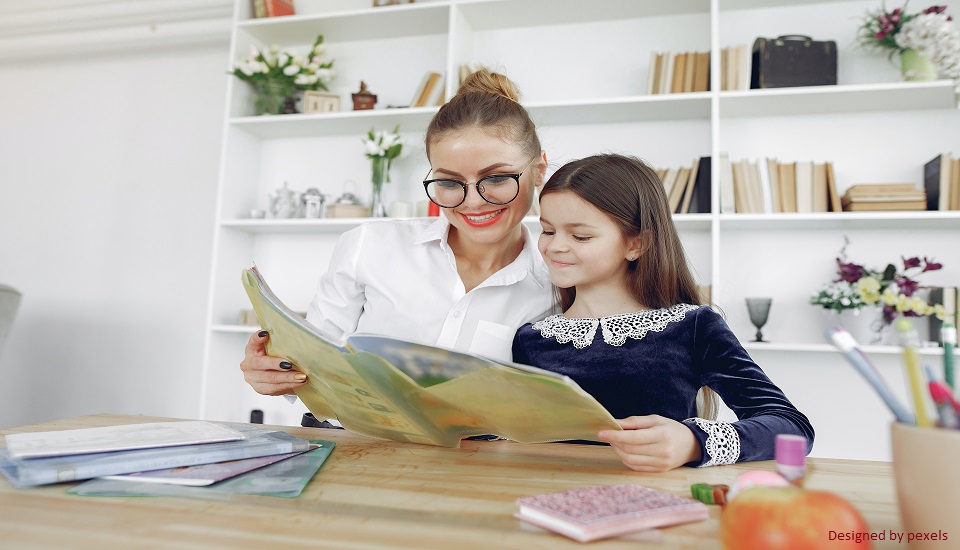Handling Conduct Disorder through Counselling
16th April 2020
Conduct disorder is a serious behavioural and emotional disorder that occurs when children display a pattern of disruptive and violent behaviour and engage in antisocial behaviours. These children have trouble following rules, and struggle to show empathy to others, threatening theirs and others safety as well. Most childhood conduct disorders become apparent by age 10, Jeff Cochran said, although signs can begin to appear as early as five years of age.
Signs of Conduct Disorder
Common signs of conduct disorder can include:
- physical fights
- bullying or threatening others
- physical cruelty to humans or animals
- dishonesty
- stealing
- destruction of property
- staying out late without permission
Some children with Conduct Disorder also will exhibit a lack of positive social engagement and emotional involvement.
Conduct disorder can sometimes lead to depression, bipolar disorder, or other mental health and behavioural challenges later in life, so early evaluation and treatment are important for children with Conduct Disorder.
It is usually a trained teacher equipped with counselling skills or the school counsellor who first notices these anomalies in behaviour in a child. Only they will be able to sense if something is wrong with the child. After diagnosis, proper treatment can prove difficult because children are often uncooperative and distrustful of adults. At the root of conduct disorder, Jeff Cochran, a counseling psychologist at Georgia Southern University believes, is a child's feeling that "no one will love me." Therefore, it is important for the teacher to be patient and remain committed to working with them and building a team of support for them so that they feel trustful of the teacher/school counsellor and can receive proper therapy. They can help these disturbed children feel that they are loved and accepted by others just like their peers.
On the other hand, treatment for conduct disorder usually involves both individual and family therapy, with the primary goal of treatment being to help the child improve communications with others and lead a positive life.